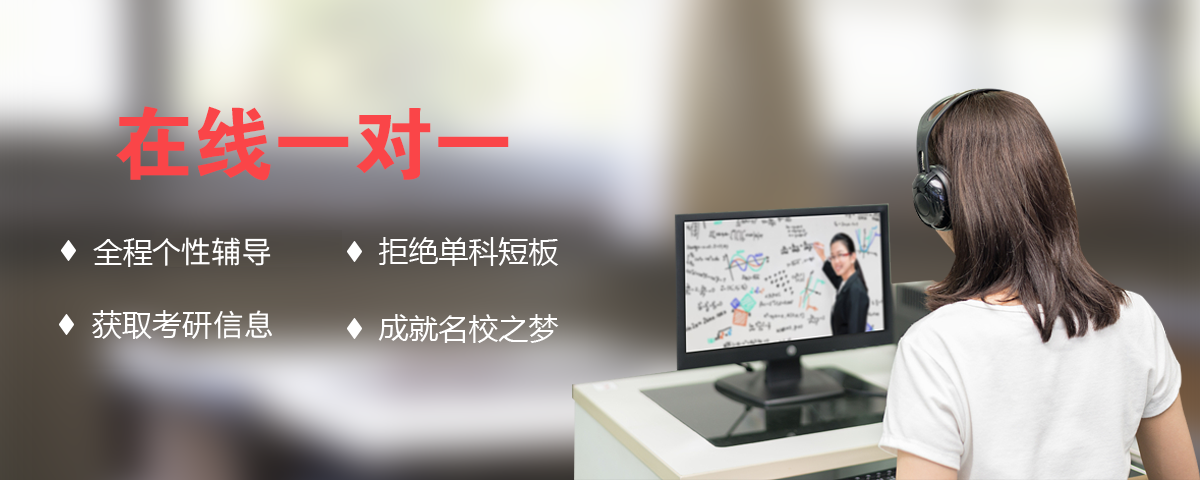More than 50 years after the WI-38 cell line was derived from a fetus, science and society has still to get to grips with the ethical issues of using human tissue in research.
A scientist grows the tissue into a cell line. The cell line becomes one of the most important medical tools worldwide. Millions of lives are saved and millions of dollars made. The woman who made the breakthrough possible and her family are largely forgotten. Sound familiar?
一个科学家将一个组织培养成了一个细胞系。这个细胞系成为全球最重要的医疗工具之一。数以百万计的生命得到拯救,并创下了数百万美元的价值。当一个女人完成这种巨大的突破性成就时,她可能几乎已经遗忘了她的家庭了。这听起来很熟悉吧?
That story describes the development of the famous HeLa cell line, grown from cancer tissue taken from a poor black woman. Until now, that story has failed to reach the broad audience it deserves.
这个故事描述的是著名的海拉细胞系的发展,它成长于一个穷困的黑人妇女身上的癌细胞组织。直到现在,这个故事也未能得到它应有的广泛关注。
The cell line in this case is called WI-38, in which the initials represent the Wistar Institute of Anatomy and Biology in Philadelphia, Pennsylvania, where the early work was done. WI-38 has arguably had an even bigger impact on science and medicine than the HeLa line. They have been widely used for the production of virus vaccines given to many people worldwide—against rubella, for instance—and in research as a prototypical normal human cell.
这个案例中的细胞系被称为WI-38,缩写的首字母代表了在宾夕法尼亚州的费城威斯塔研究院的解剖学和生物学。在那里,前期工作已经完成。可以说WI-38比海拉细胞系在科学和医学的领域有着更大的影响。他们已经在全世界被广泛的用于生产病毒疫苗,比如说风疹疫苗,并且被当作一个典型的正常人类细胞在进行研究。
More than half a century ago, a Swedish woman had her pregnancy terminated and the WI-38 cells were grown from tissue samples taken from the lungs of the fetus. That makes some people uncomfortable, but fetal tissue remains a useful and common tool in medicine today. In addition to it use in vaccine production, it has been used to make drugs against rheumatoid arthritis and cystic fibrosis.
半个多世纪前,一个瑞典女人终止妊娠,而WI-38来自于胎儿肺部的组织样本。这让有些人觉得不舒服,但胎儿组织直到今天在医学界仍然是一个有用的并且常见的工具。它除了用于疫苗生产之外,通常也被用于制造治疗类风湿性关节炎和囊胞性纤维症一类的药品。


























